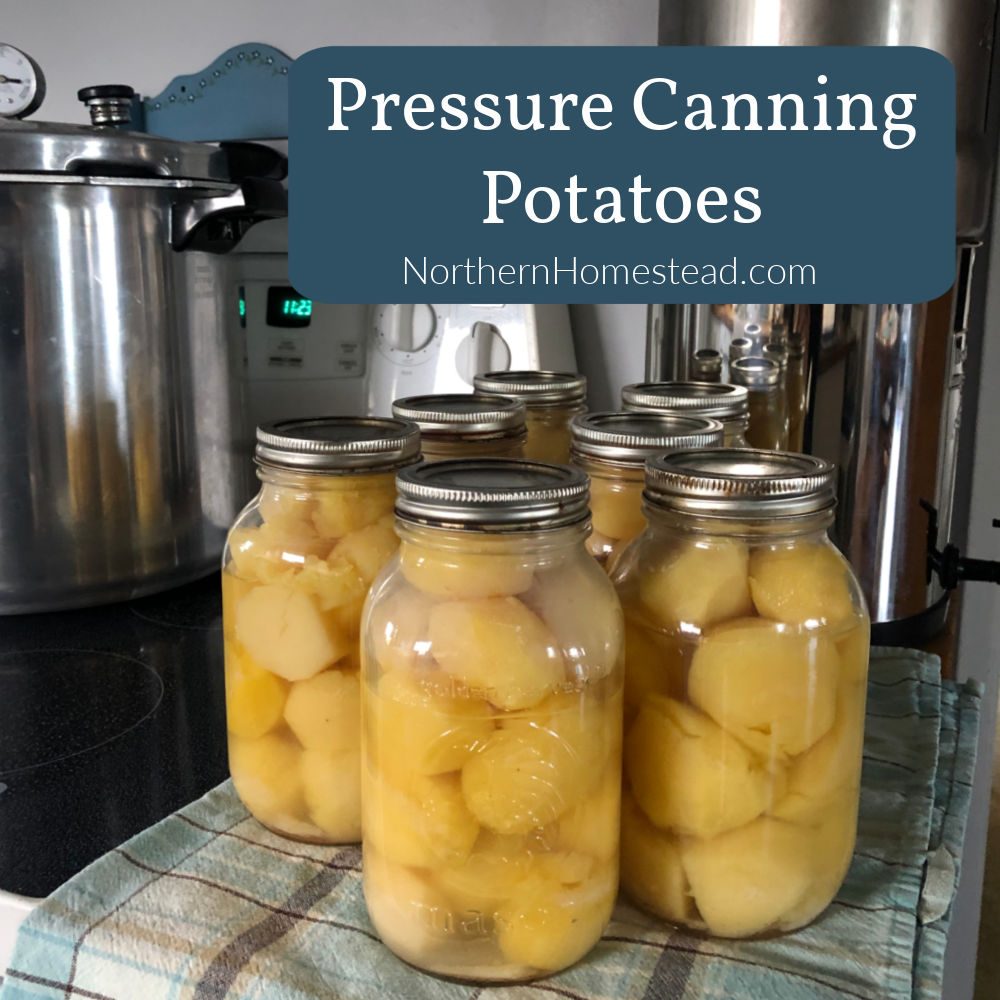
Pressure canning potatoes the easy raw pack method does not come from a book. It was developed over the years to see what works best. It is the simplest way to can potatoes there is and in my humble opinion the best. Of course, I would say so, right? 🙂
We will talk about safety later in the article. I also added the tested method for anyone who wants to use that.
Why can potatoes?
1. To have homegrown potatoes year-round. Potatoes store well in cold storage. By optimal conditions in a root clear, they will last for at least 8 months. In our cold room, which is a former coal room, the potatoes last easily 6 months. As you know, there are 12 months in a year, not 6 or 8.
If we want to eat homegrown potatoes year-round, pressure canning them is a great option. In this case, the potatoes do not have to be canned in the fall. I usually do it during the winter months when there is more time and heating up the kitchen is welcomed.
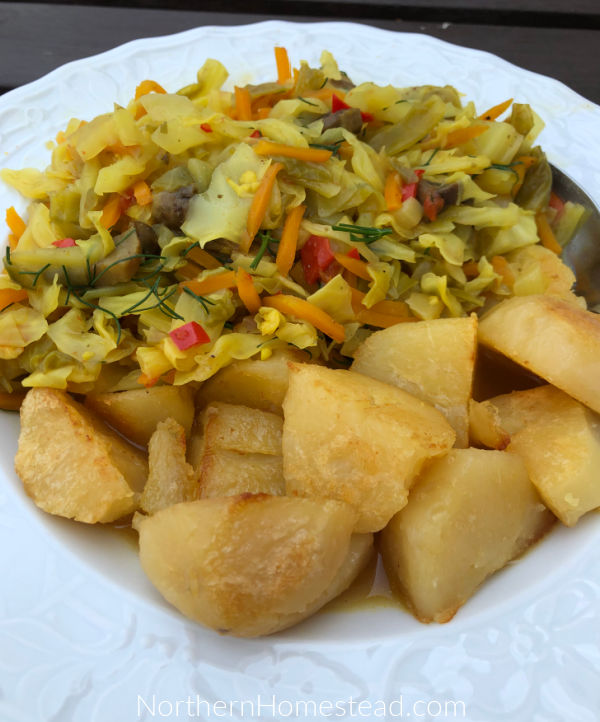
Having canned potatoes during the busy summer months is great. It makes an instant easy meal. For example, here is freshly harvested cabbage with roasted potatoes that were canned. Yum!
2. If you harvest many small and/or immature potatoes.
For storage, you want to have good sizes mature potatoes. Mature potatoes have thick skin firmly attached to the flesh. In a short growing season, we do not always reach that. Often we end up with many small potatoes at the end of the season.
To choose an earlier variety can be helpful, but early variety potatoes do not always store well either, and if your favorite variety is a late one, what to do? Canning is a great solution.
In this case, it is good not to wait too long after harvesting. Can those fresh tubers soon for the best results.
3. There is no room to store potatoes.
Modern houses often come with no food storage in place whatsoever. A dark closet or pantry can be used to store potatoes for a month or two, but they will get old quickly. Canning the potatoes is a better option. Canned potatoes can be stored in a pantry or cabinet. I would still keep them away from direct sunlight or heating shaft. But that is common sense.
What potato variety to use?
There are many potato varieties and to my knowledge, all can be canned. However, you will get different results with different varieties.
White, very starchy potatoes may discolor to greyish and have a starchy white film on them. They are still good and safe to eat but don’t look as appealing.
Yellow flesh potatoes are our favorite, to grow, eat, and can. We love the german butterball variety. Read more about growing potatoes here.
The safety question
Note that no official sources recommend raw packing potatoes for canning. That simply means that when tests were made, they used pre-cooked potatoes. Canners do raw packing at their own risk. If you are one of them, go ahead and use the method at your own risk, too.
If you prefer the tested method, look for the notes for it. It is not much different, just a few extra steps.
Sterilizing jars and lids is important if you use the old open kettle method, or when processing time is less than 10 minutes. Anything that is processed 10 minutes or more gets sterilized in the process.
Since we are pressure canning our potatoes, everything will be well sterilized at the end. Just start with clean jars.
Will the end result be less processed? In my opinion, no. Pressure can only build up if the temperature is right. The difference is, that getting to the right temperature will take longer. However, I do not mind, since there is nothing to do during that time, just watching the canner.
Will the glass not break if started cold? Again, in my experience, no. The important factor for glass is that the temperature is consistent. If you have hot jars, everything else must also be hot. If you have cold jars, keep the canner water cooler, too; boiling hot could crack the jars.
What is the advantage of a raw pack?
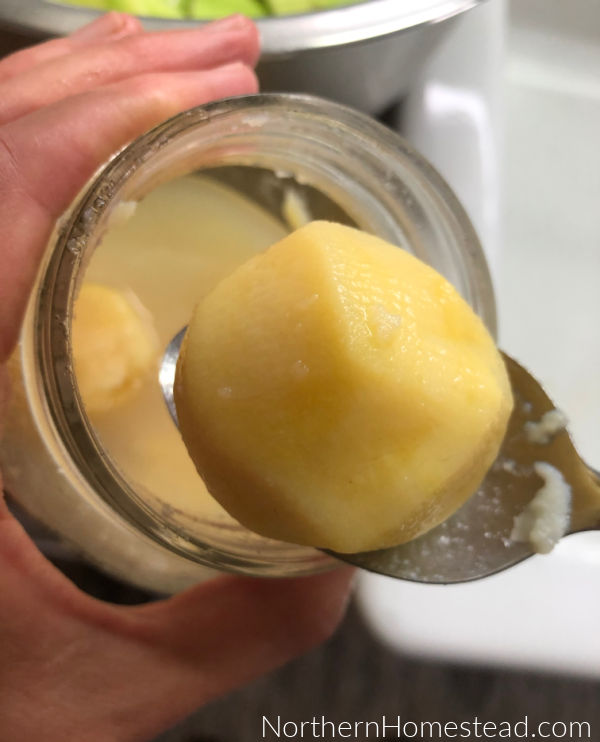
Less work. The raw pack method is so simple since there is no preparation needed. The stove stays cold till you are ready to start the canner.
It is so much easier to work with cold jars, vs hot.
And last but not least, the potatoes seem to hold the form better and taste better too. However, it really is up to you what method you use.
What you will need to pressure can potatoes
A high-pressure canner. This one should be a giver, if you want to pressure can, you need a canner. We use the Presto canner, it is a canner that can be used on a glass cooktop. Not all canners can, be aware.
Presto also has a canner for induction glass cooktop that works on gas, electric, smooth-top, and induction ranges. If you don’t have a canner, that would be the one I would recommend. With this one you are set for whatever cooktop you will have in the future.
Jars. Most canners fit 7-quart jars or 9 – 18 half quarts. The jars need to be clean, not sterilized.
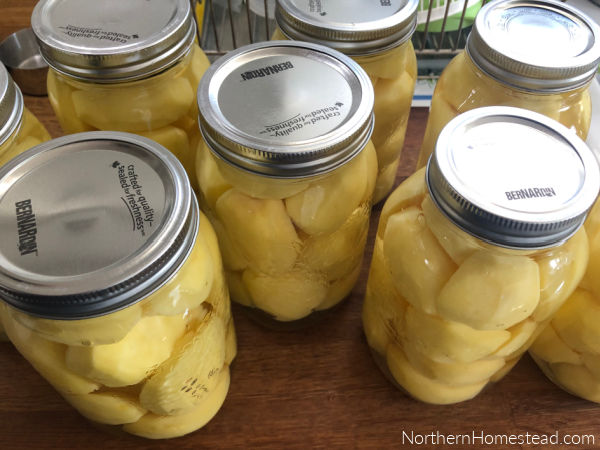
Wide mouth or regular jars? A wide-mouth jar is easier to use, but overall it is a more expensive jar, the jar itself as well as the lids. I find regular jars work well too. Just keep the potatoes smaller, to fit into the opening.
Lids and rings. To make sure the lids seal well, I always cover them with boiling water and let them sit for about 10 minutes. Not sure if that is a must. Just habit I guess.
Getting the potatoes ready for canning
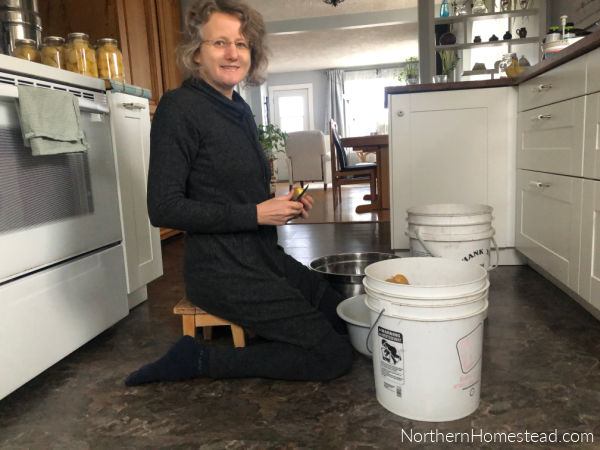
You will need about 2.5 pounds of potatoes for each quart jar. Peel the potatoes and submerge them in cold water immediately.
Do you have to peel the potatoes?
Root vegetables need to be free of soil for canning. The spores that can cause issues with botulism are found in the soil. It’s safer to peel any root vegetables for canning. Make yourself comfortable and peel away.
Once all the potatoes are peeled, wash them and soak them in cold water to prepare them for canning. The cold water will prevent them from discoloring and remove some starch. You can let them soak for a few hours or overnight.
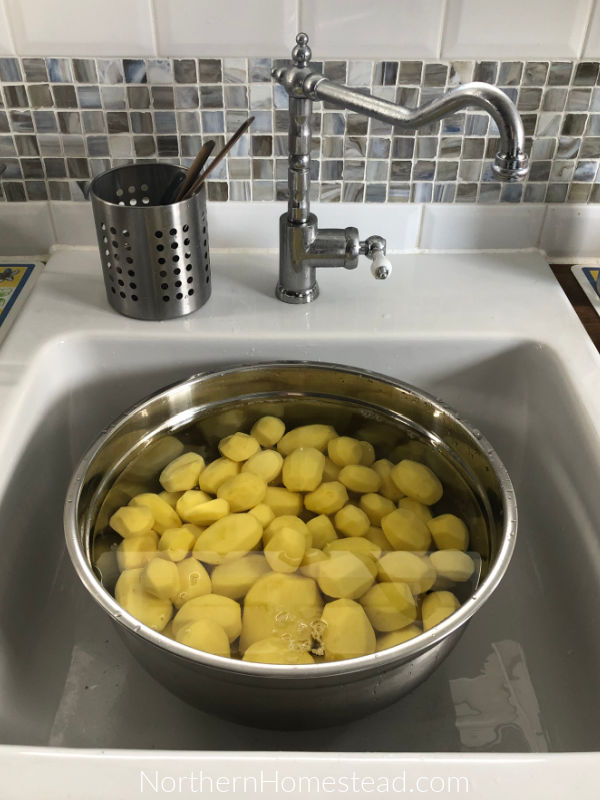
Depending on the size, I prefer to leave the potatoes whole if they are no bigger than 6 cm (2.5 inches) or in half. They can be cut into 1-2 cm (1/2 inch) cubes. You want to keep the potatoes in one jar about the same size for easy use later.
The tested method recommends covering the peeled potatoes with hot water and boiling whole potatoes for 10 minutes and cubes for 2 minutes.
Alternatively, I learned from a German canner to give the potatoes a good rinse to remove dirt and cut out any blemishes. Then, boil the potatoes with skin for 5-10 minutes, peel, and use them for canning. That’s a great option.
Pressure canning potatoes
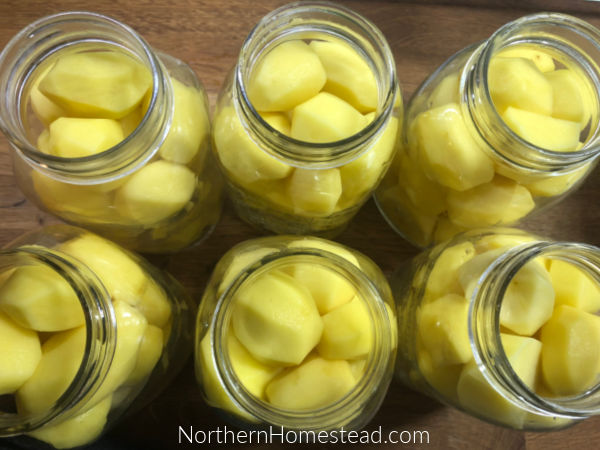
Drain the potatoes and fill the jars. Add salt if used and cover with boiling water (I use an electric kettle for that), leaving 1 inch of headspace. Adjust jar lids.
If you use the tested method, drain the precooked hot potatoes and fill the jars, add salt if used, and cover with freshly boiled water, leaving 1-inch headspace. Adjust jar lids.
Salt is optional, however, canned potatoes do taste better salted. Use canning or iodine-free salt. 1 teaspoon for a quart, and 1/2 teaspoon for a half quart jar.
Place the empty canner on the stove using the right size burner (read more about using a glass top here).
Place the canning rack on the bottom of the canner. Fill the canner to the marking with water (about 3 quarts) and a splash of vinegar. The vinegar prevents mineral deposits from hard water on jars.
If you use the raw pack method the jars will not be boiling hot, use warm water about the same temperature as your jars are at this point. If you use the tested method, your jars will be hot, so use hot water in the canner also.
Now, place your jars into the canner.
Close the lid (checking that everything is in place first) aligning the V mark on the cover with the mark on the body handle. Press down and turn the lid in the direction to align the handles. If you are using a different pressure canner, follow your instructions.
Turn on the stove on high and heat the canner till steady steam comes out of the vent pipe. If you started cold, this will take a bit longer.
Set the timer for 10 minutes. Turn down the heat a bit, but make sure the flow of the steam continues.
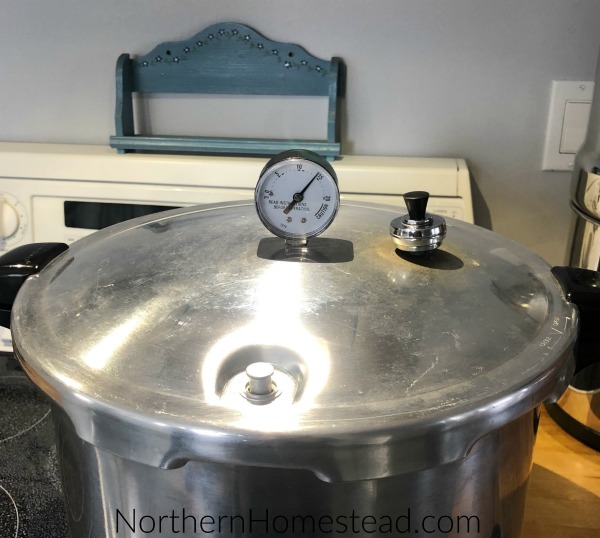
After the 10 minutes are over, place the pressure regulator on the vent. Turn the heat on high again and leave it relatively high till the needed pressure is up.
The canner will seal first, then the dial gauge needle will start to move till it reaches the pressure you need. This can take 20 minutes. If you got a Presto canner pressure regulator with weights on, the regulator will start to wiggle at the set pressure. If not, just watch the pressure gauge needle.
Potatoes need to be processed at
11 pounds of pressure in altitude below 2,000 feet.
12 pounds at 2,001-4,000 feet
13 pounds at 4,001-6,000 feet
14 pounds at 6,001-8,000.
Processing time is the same for all altitudes. 35 minutes for pints and 40 minutes for quarts.
Turn the heat down when pressure is reached and set the timer. Make sure the pressure stays constant during the whole processing time. Again, it is much easier with a Presto canner pressure regulator, the sound will just get stronger if there is too much heat, so turn it down a bit, and slower if there is not enough heat, so you can adjust the heat.
When the time is over, turn off the stove. I do not move the canner because it’s too heavy for me but you can if needed. Let the pressure come down, don’t touch the regulator or the lid, it will come down on its own.
Once the pressure is down, wait another 10 minutes before opening the lid. Don’t rush anything. After opening, wait another few minutes before removing the jars.
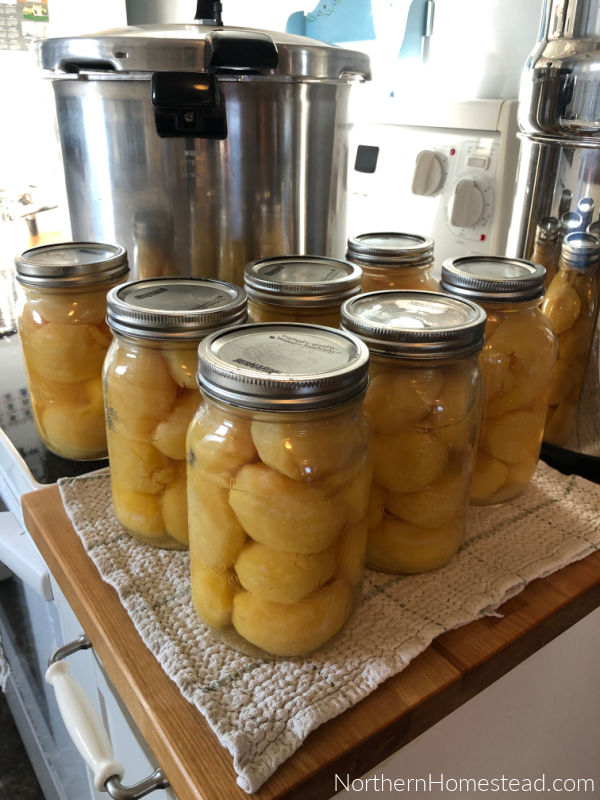
Let the jars cool on a towel, check the seals, and store them for use.
We invite you to subscribe to Northern Homestead and follow us on Instagram, Facebook, or Pinterest for the latest updates.


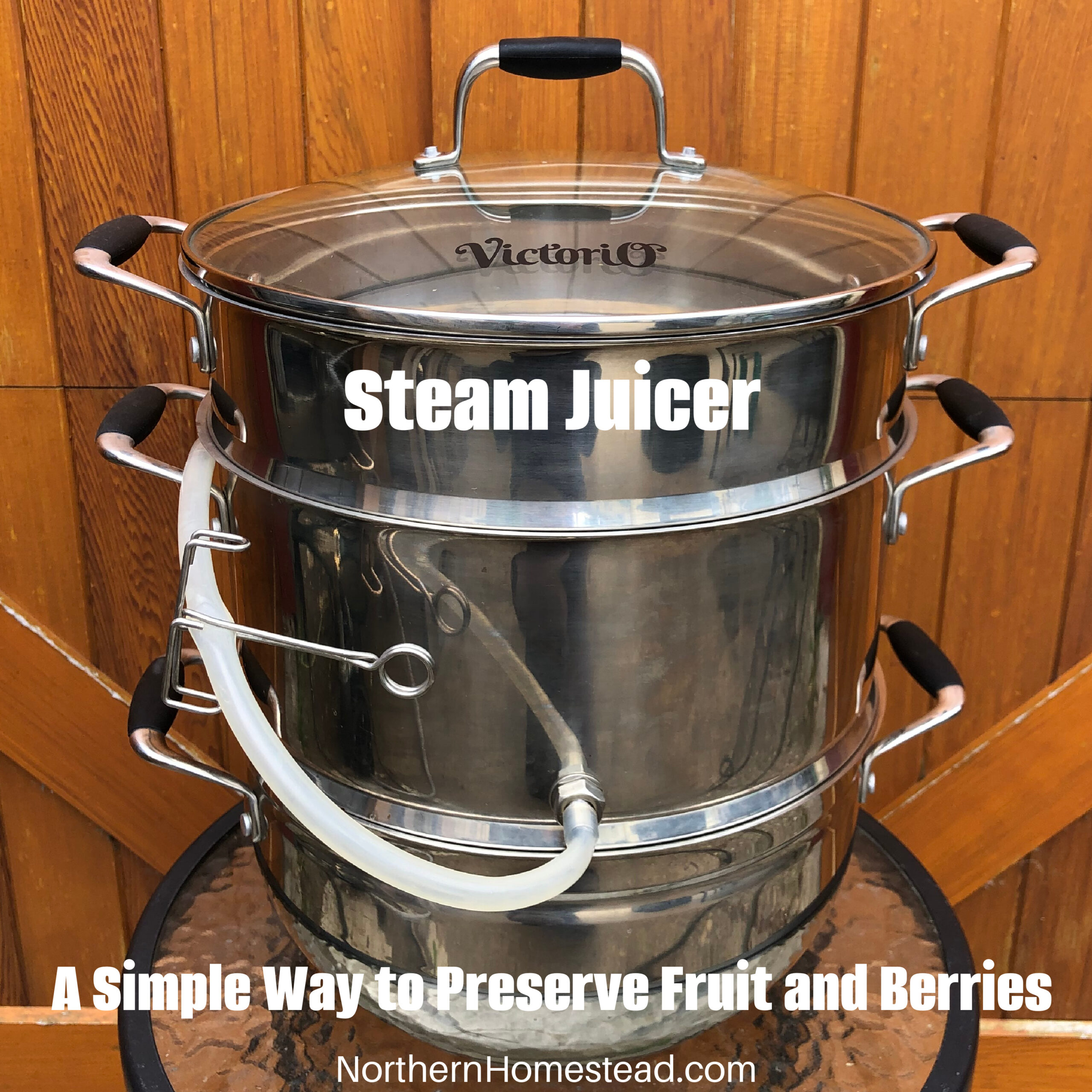
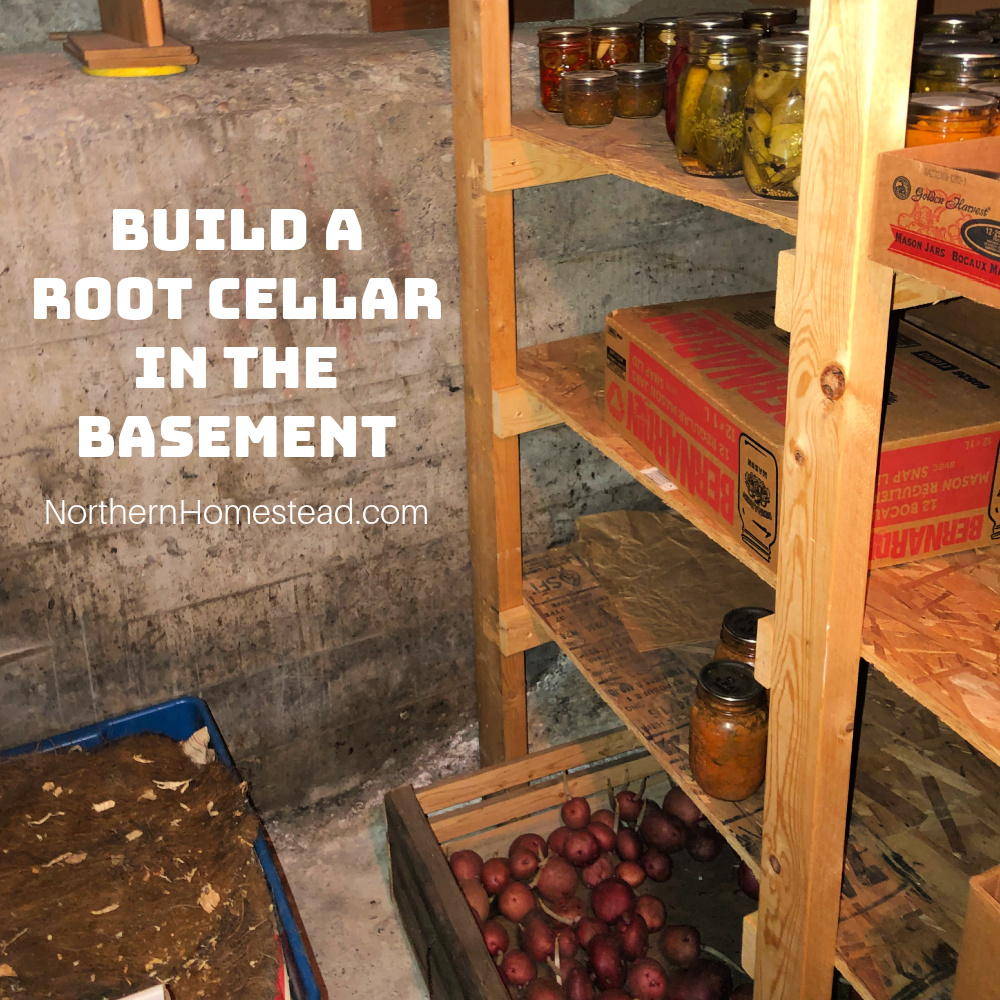
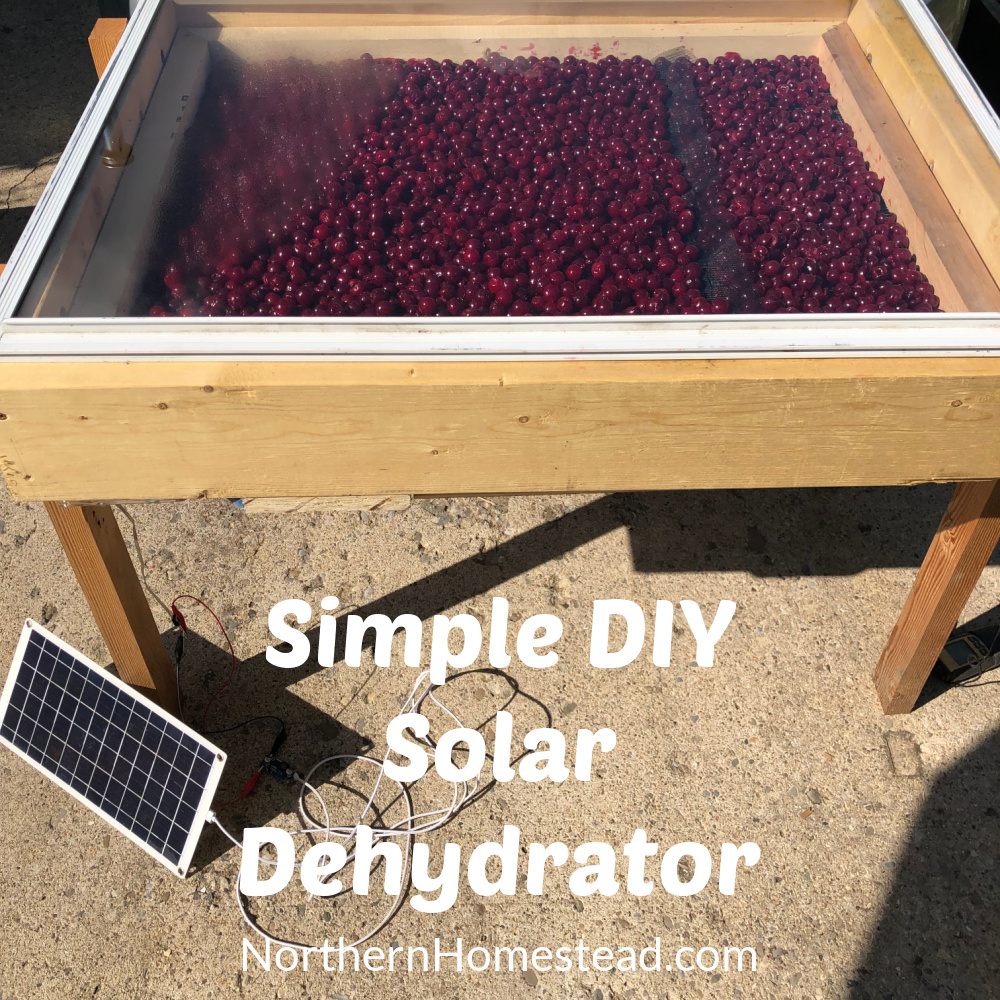
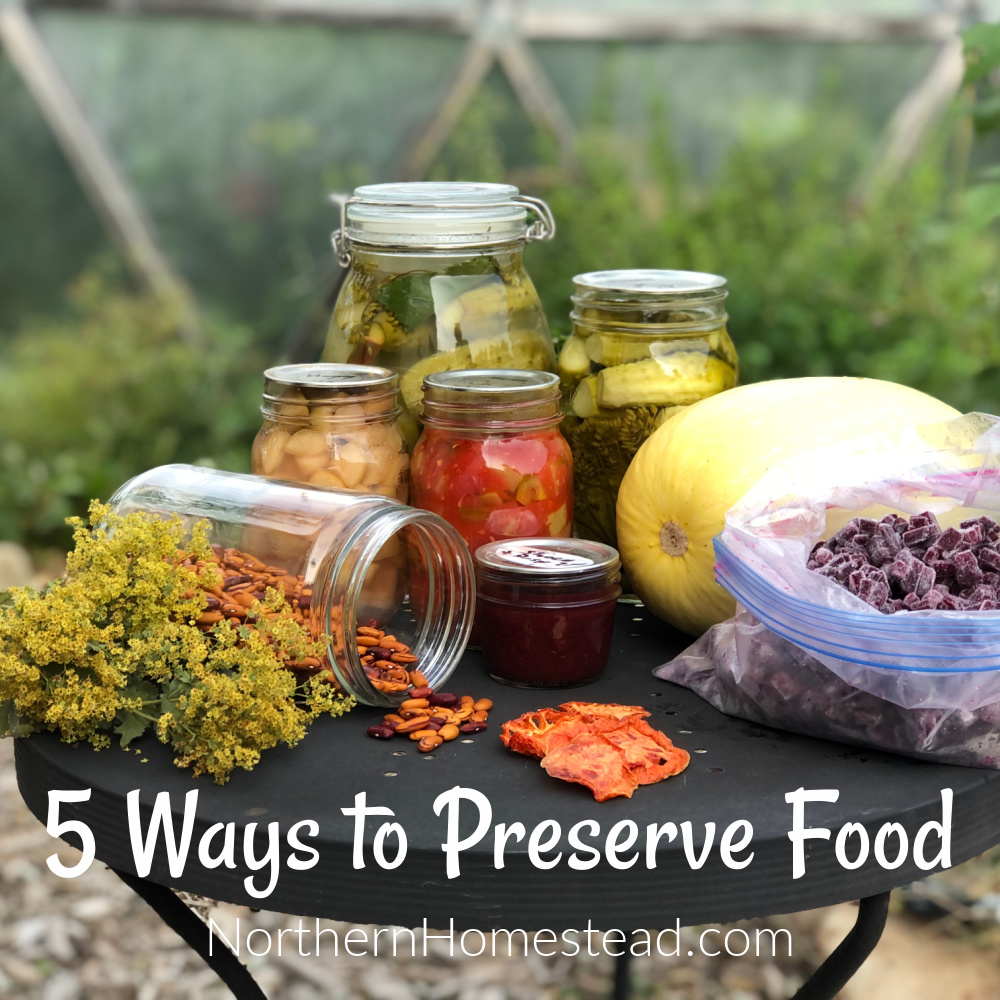
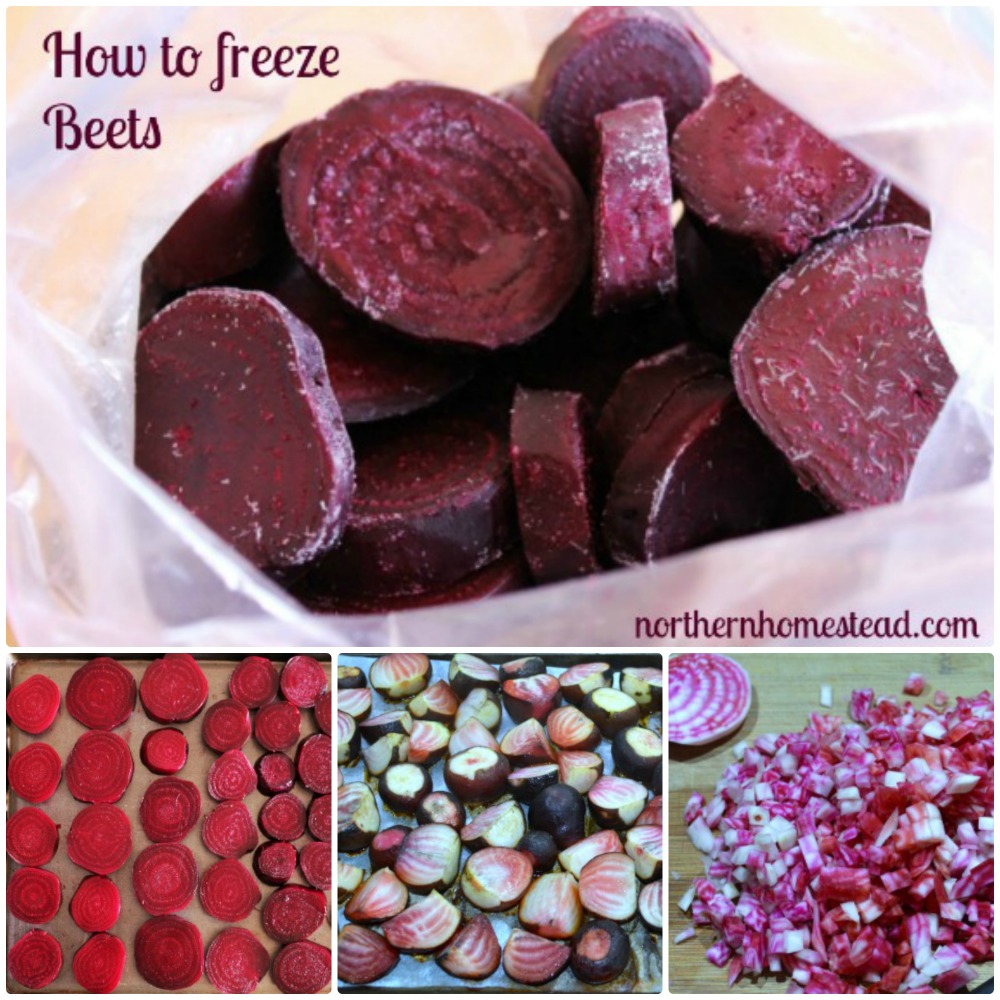
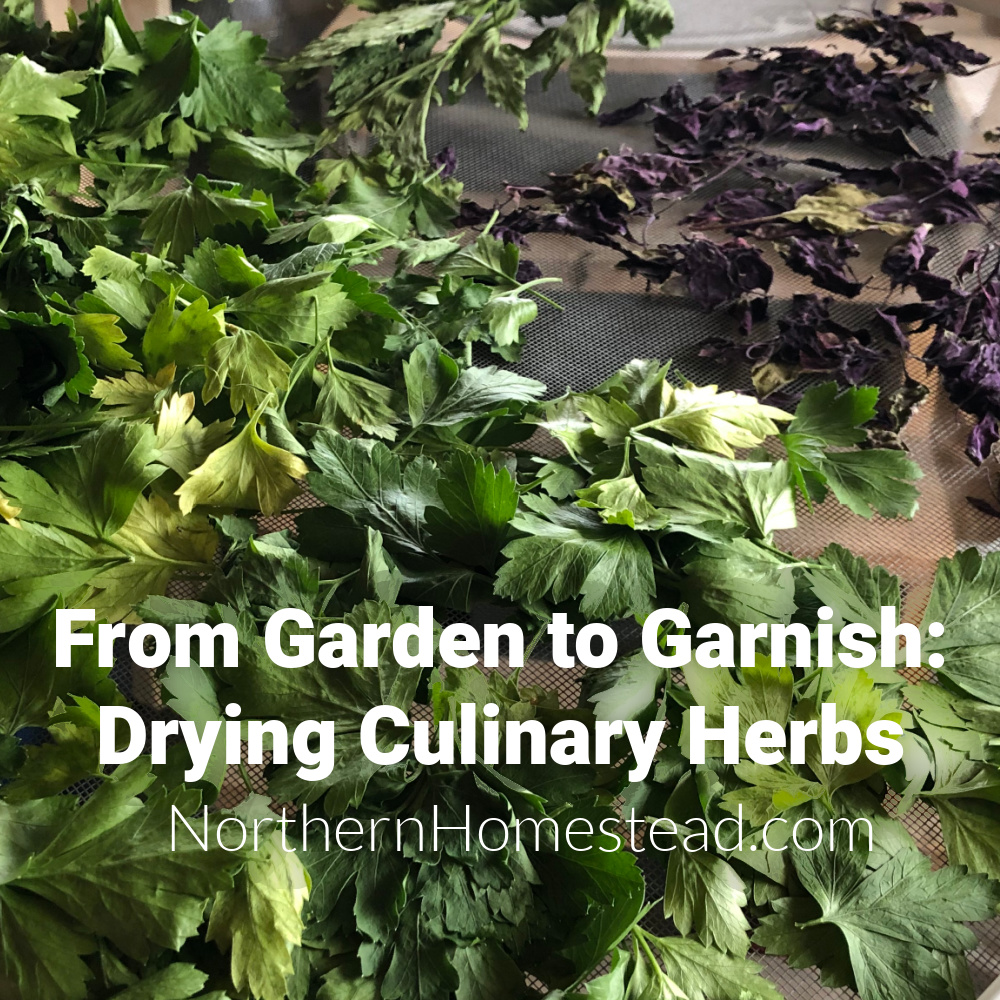

I have canned my potatoes this . My question is they look yellow is this normal.
The color would depend on the potato variety. Yellow potatoes look yellow.
Followed your method, raw packed, cold jars, cold canner. Brought the temp up slowly and vented for a good 10 minutes with a steady stream of steam before putting on weight. Going to process and extra 5 to 10 min just to make sure everything is well sterilized.
Enjoy your potatoes! Adding extra time should not harm.
I am using the tested method. All is turning out great! Thanks for your instructions, this has been easy!
Happy to hear it worked well. Canning potatoes is such a great way to preserve them.
Thank you for this post. I’m wondering why the jars aren’t compromised by adding the boiling water to unheated jars.
It’s just the same as for example pickling, where you fill the jars with lets say cucumbers and than fill them up with boiling brine. Boiling water is not hotter than brine.
Thank you so much!! When would you ever adjust the weights, is it always all 3 parts together?
The pressure regulator has 3 pieces that hold 5-10-15 pounds of pressure. Adjust the internal cooking pot pressure, no accessories (5 pounds), add one ring (10 pounds), and add two rings (15 pounds). You can add/remove weight as needed for your altitude. For our area, we need 12 pounds. I made my own adjustment by removing one 20-gram ring and adding 10 grams of key rings. Now, it holds 12.5 pounds. Use a precise scale if you want to adjust your rings.